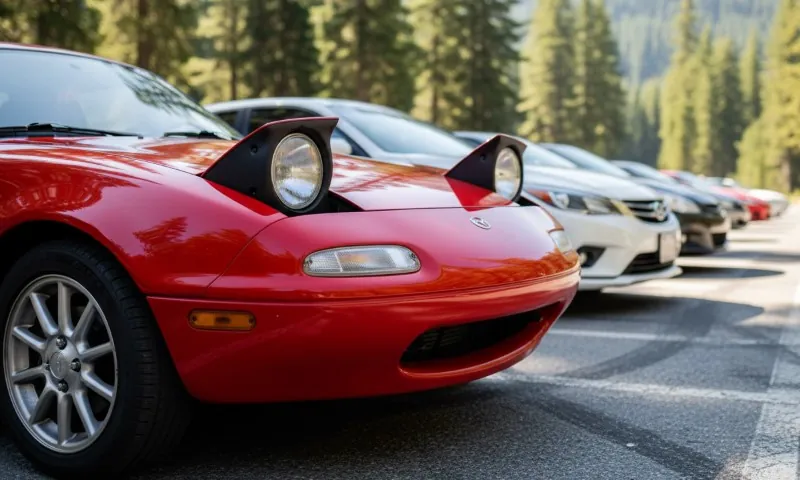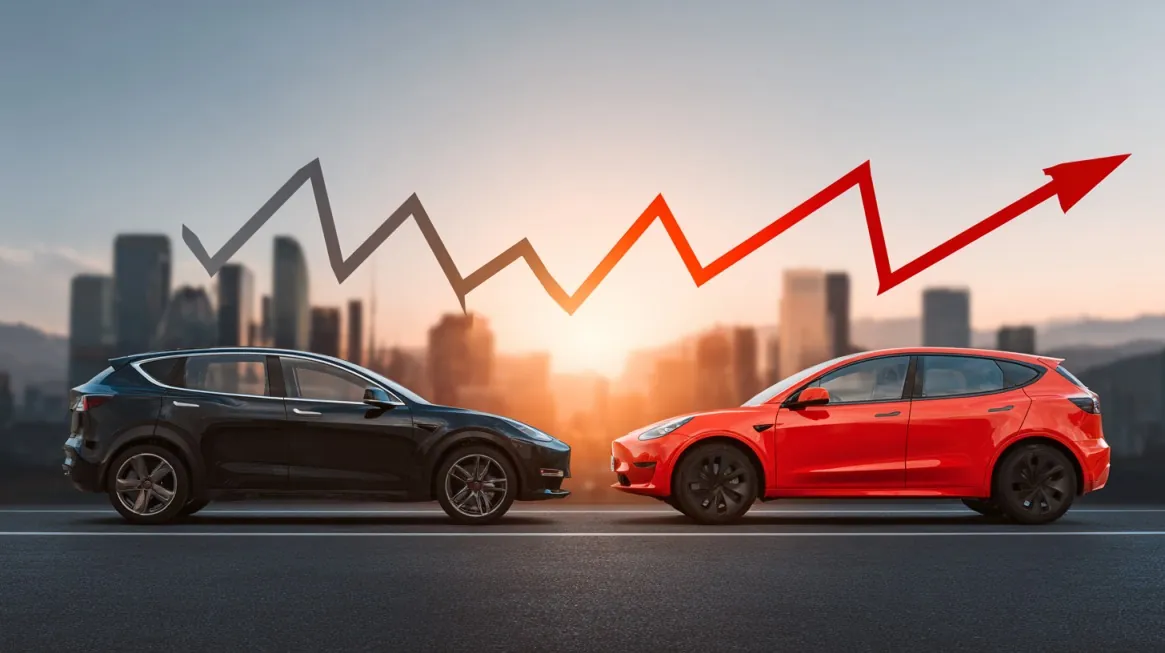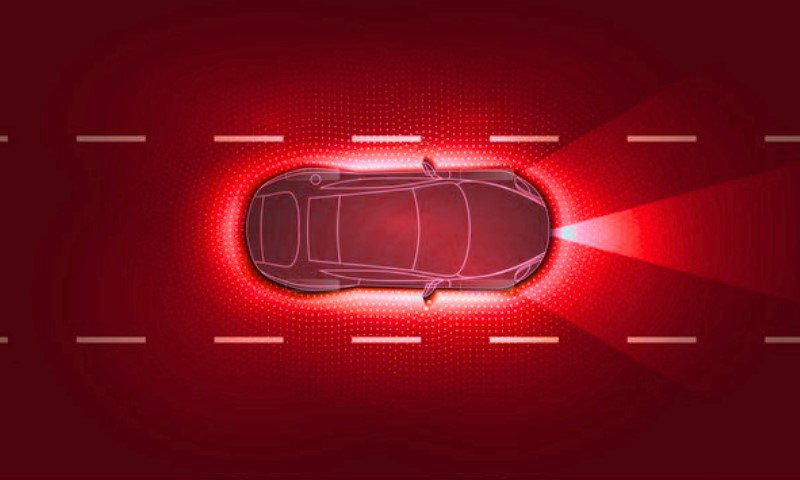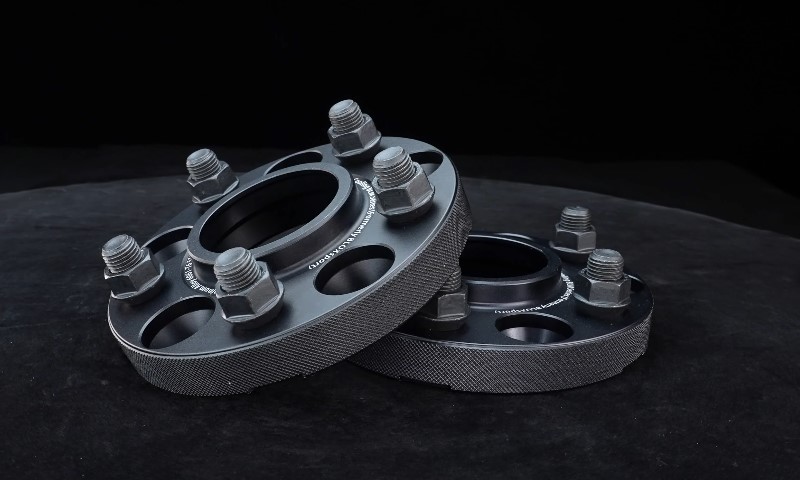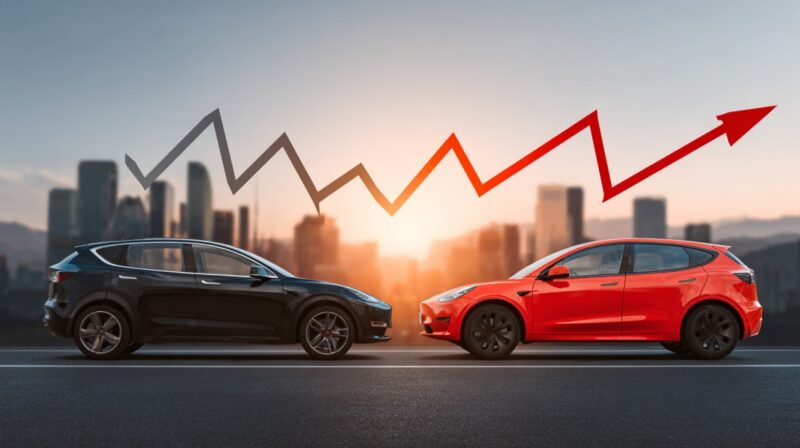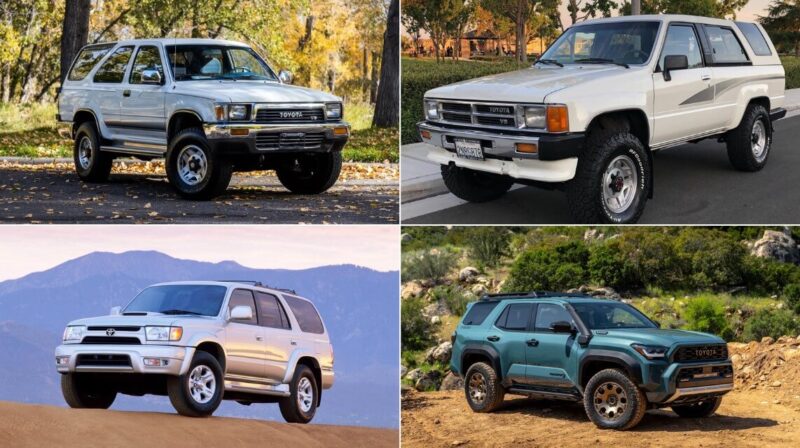
Share Post:
There’s a reason the Toyota 4Runner has built such a loyal fan base over the years. It’s tough, it’s dependable, and it can handle dirt trails and city streets alike without breaking a sweat.
But not every 4Runner year hits that sweet spot. Some have issues—big ones—and if you’re shopping for a used one in 2025, you’ll want to steer clear of a few key troublemakers.
We’re not here to trash the 4Runner. It’s a legend for a reason. But even legends have a few skeletons in the garage. Let’s break down which years are best left on the lot—and why.
Table of Contents
ToggleFirst-Gen 4Runner (1984–1989) – Great for Enthusiasts, Not for Everyone
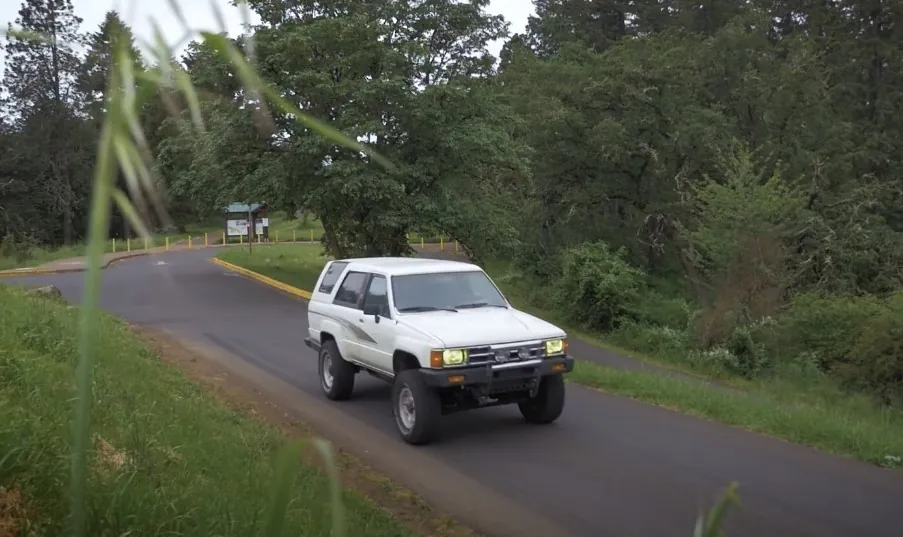
Let’s start at the beginning. The original 4Runner, launched in 1984, was more of a modified Hilux pickup than a true SUV.
Toyota literally bolted a fiberglass canopy onto the truck bed, tossed in a couple of seats, and called it good. Rugged? Absolutely. Practical daily driver in 2025? Not so much.
Why You Might Want to Skip It
- Zero modern safety features — no airbags, no ABS, not even a reinforced roof.
- Built for trails, not traffic — everything from the ride comfort to the interior feels dated.
- Bare-bones amenities — think manual everything and noisy cabins.
If you’re building an off-road toy or restoring a classic, it might still have appeal. But for the average driver looking for reliability and comfort? Look elsewhere.
Third-Gen Red Flags: 1996–1997 & 2000
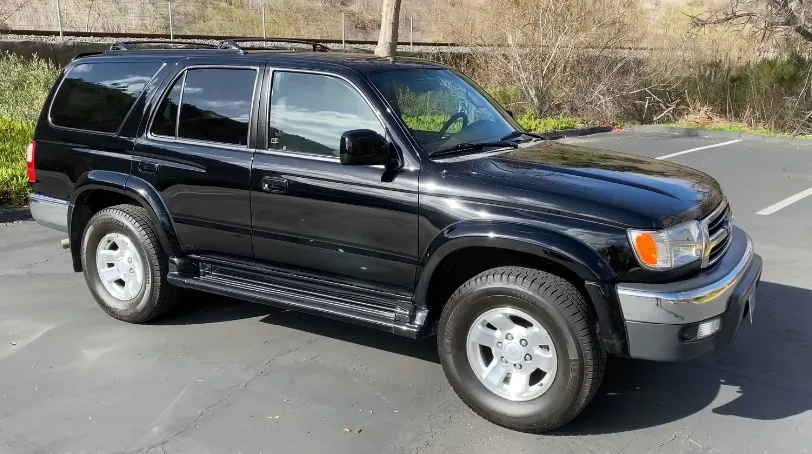
The third generation brought in big upgrades—refined looks, better engines, and a smoother ride. But a few early model years were far from flawless.
1996–1997 (Head Gasket Headaches)
The 5VZ-FE 3.4L V6 engine was generally a solid performer, but those first couple of years? Not its best moment.
- Common Issue: Head gasket failure. Toyota did initiate a special service campaign, but many of those early engines never got the fix.
- Cost to Fix: Easily $2,000–$3,000 in parts and labor.
- Warning Signs: Overheating, coolant loss, white exhaust smoke—classic red flags.
If you’re looking at a ’96 or ’97, ask for paperwork. No head gasket fix? No deal.
2000
The 2000 model racked up 546 NHTSA complaints, with 177 related to frame rust. That’s not just cosmetic—it can get dangerous.
One owner even reported the transmission mount falling through a rusted-out section of the frame.
Others mentioned suspension components detaching entirely. You don’t want to take this thing off-road—or on-road, really—if the frame’s rotting out from under you.
Fourth-Gen Trouble Spots: 2003–2006
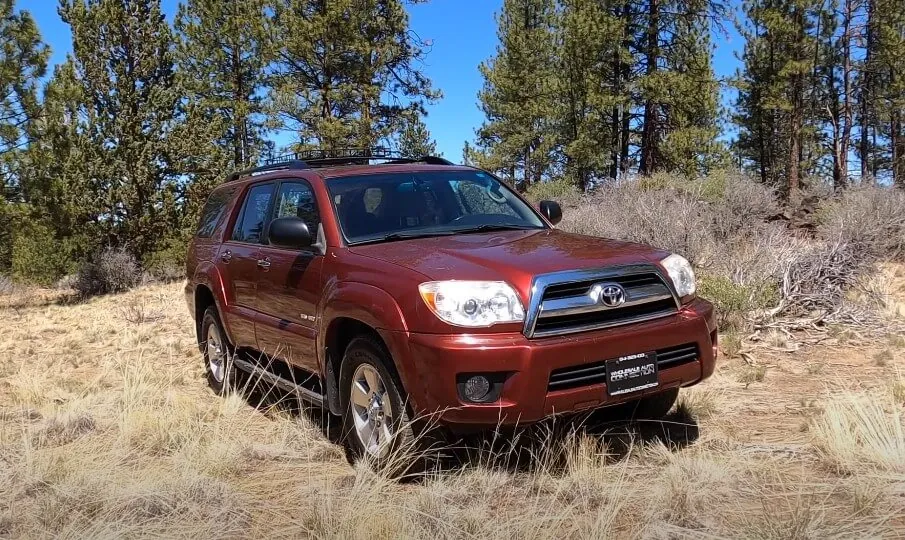
The fourth generation (2003–2009) is a popular pick today for its balance of refinement and toughness. But early production years saw more than their fair share of complaints.
Let’s take a closer look:
| Year | NHTSA Complaints | Major Issues | Notable Problems |
| 2003 | 805 | Rust, head gaskets, dash cracks | 273 rust-related complaints |
| 2004 | 910 | Severe frame rust, braking failures, paint issues | 94 ABS/braking complaints |
| 2005 | 617 | Transmission problems, air pump failures, rust | Repairs as high as $3,000 |
| 2006 | 137 | Suspension failures, speed control issues | 3 crashes from suspension, 8 from speed control |
What Went Wrong?
Rust (Again)
Toyota didn’t apply enough underbody protection, and it shows. Frames, body mounts, and control arms are especially vulnerable.
Some owners reported repairs exceeding $10,000—others were told the frame was beyond saving.
Mechanical Failures
2005 is a standout for problems:
- Head gasket and steering fluid leaks.
- Failing air injection pumps (not cheap to fix).
- Transmission slipping or failing entirely.
Dashboard cracking was also rampant across multiple years—ugly, yes, but more of an annoyance than a dealbreaker.
Fifth-Gen Watchlist: 2013
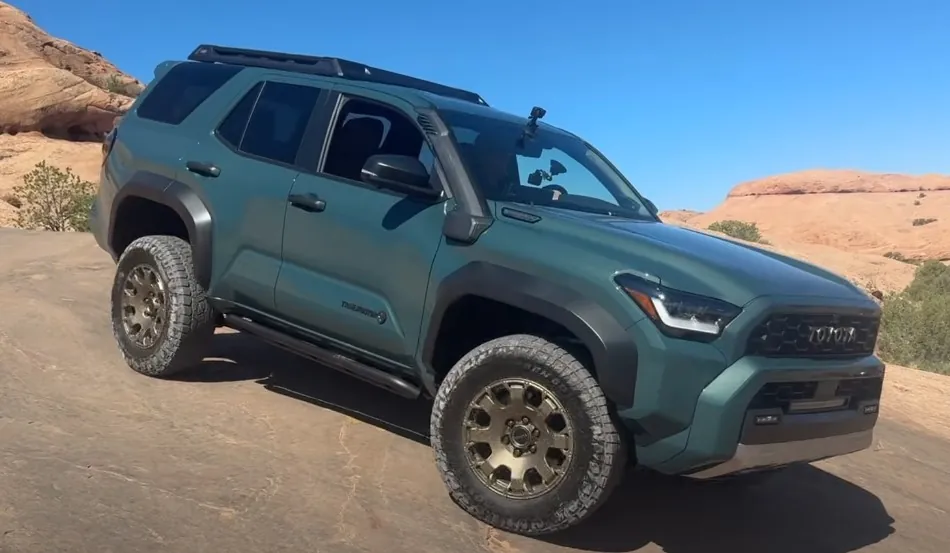
The fifth generation (2010–present) is arguably the most reliable run of 4Runners yet. Models from 2016 onward, in particular, have aged well. But one year doesn’t quite hold up to the rest.
2013: The Outlier
On paper, the 2013 4Runner looks fine. JD Power gives it a strong 83 out of 100 reliability score. But look closer and you’ll find:
- 6 recalls
- Airbag inflator explosions (serious safety issue)
- Peeling paint (so widespread, Toyota extended paint warranties to 14 years)
- Braking malfunctions
- Excessive engine oil consumption
- Loose hood scoops that detach at high speeds
Real Costs
- Estimated 10-Year Maintenance: $5,250
- That’s higher than most other fifth-gen models, and some of these issues directly affect safety and resale value.
If you’re dead set on a 2013, make sure every recall was addressed. Even then, there are better (and safer) choices out there.
Why All of This Still Matters in 2025
We’re talking about used SUVs here—many of them 15, even 20+ years old. And with age comes wear, tear, and rust that doesn’t care what badge is on the grille.
Here’s What Can Go Wrong
- Frame rust can make a vehicle uninsurable or unsafe.
- Unrepaired head gasket issues can cause catastrophic engine failure.
- Outdated safety tech means lower protection in real-world crashes.
Sure, a 4Runner with 250,000 miles might still run—but is it worth spending $3,000+ on repairs every few months? That’s a question buyers need to ask seriously in 2025.
Smarter Used Buying
Not all 4Runners are trouble. But shopping smart can save you from a big mistake. Here’s how:
Do a Deep-Dive Vehicle History Check
Use CarFax or AutoCheck. Look for:
- Recalls and whether they’ve been completed.
- Major accidents.
- Frequent owners or flipped titles (could mean hidden issues).
Inspect for Rust Like a Pro
Especially important for third- and fourth-gen models:
- Look under the car—frames, control arms, and rocker panels.
- Tap rusted spots with a screwdriver. If it flakes or sounds hollow, that’s bad news.
- If the underbody is coated in black goop, ask whether it’s original rust-proofing or just hiding damage.
Verify Repairs and Maintenance
Ask for receipts. Repairs like head gaskets or transmission rebuilds should be backed up with documentation. No records? Walk away.
Take a Long Test Drive
Don’t just go around the block:
- Listen for engine knock, whines, or grinding.
- Check for transmission slipping or hard shifts.
- See if the brakes feel soft or the vehicle pulls to one side.
Let a Mechanic Get In There
A pre-purchase inspection can cost $100–$200, but it’s worth every penny. Mechanics can spot early signs of issues most buyers would miss.
What to Skip and What to Consider Instead
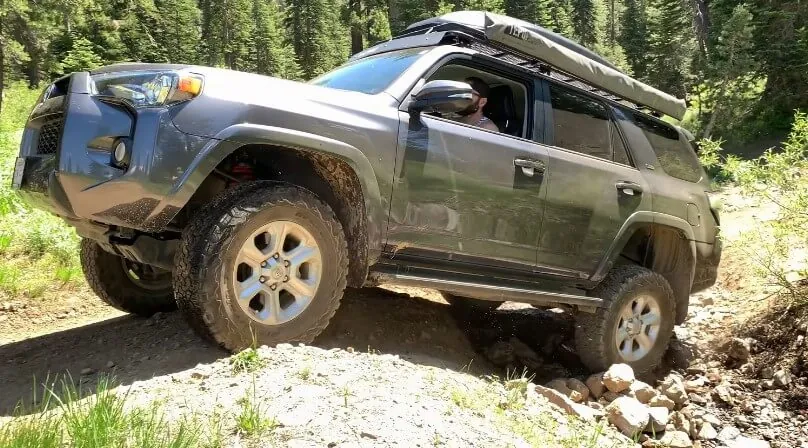
Worst Toyota 4Runner Years to Avoid in 2025:
- 1984–1989: Too outdated for most people
- 1996–1997: Head gasket risks
- 2000: Frame rust nightmare
- 2003–2006: Rust, gaskets, transmission issues
- 2013: Recalls, paint, and engine quirks
Safer Bets:
- 2008–2009: End of the fourth-gen run—refined and generally solid.
- 2015–2022: Most fifth-gen models are incredibly reliable and have updated safety tech.
- TRD Off-Road or Limited trims: Well-equipped trim levels and often better maintained.
The 4Runner is a workhorse, no doubt. But not every year deserves your hard-earned money. A little research today can save you thousands—and a whole lot of headaches—tomorrow.
Related Posts:


